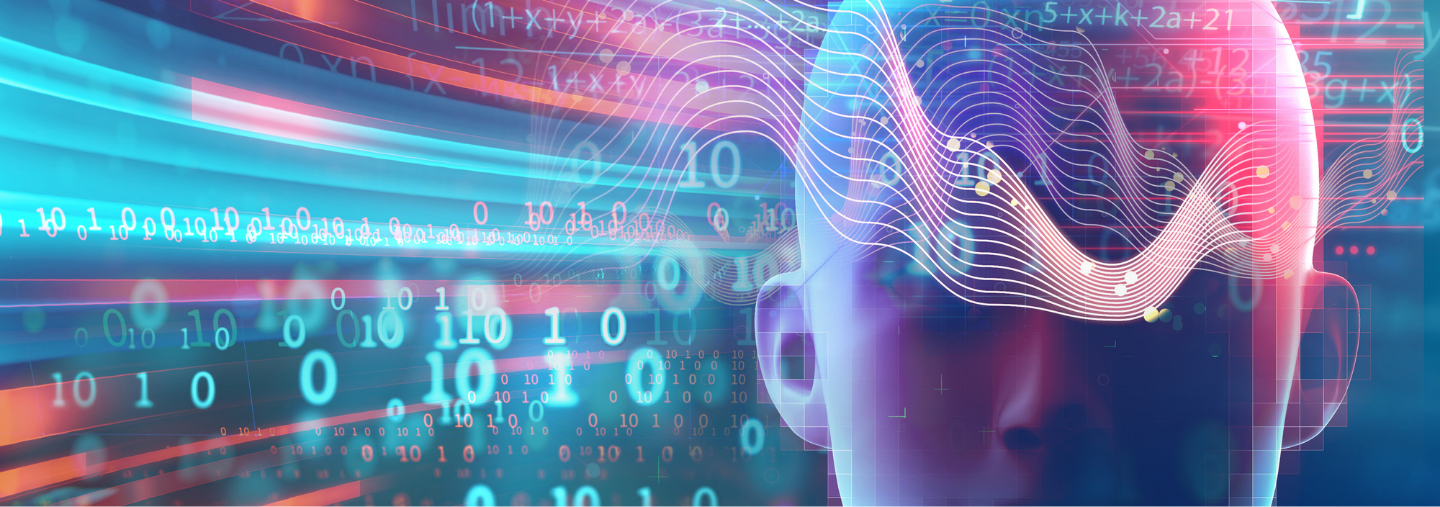The field of Artificial Intelligence encompasses all efforts at imbuing computational devices with capabilities that have traditionally been viewed as requiring human-level intelligence.
This includes:

Chess, go and generalised game playing

Planning and goal-directed behaviour in dynamic and complex environments

Theorem proving, proof assistants and symbolic reasoning

Computer vision

Natural language understanding and translation

Deductive, inductive and abductive reasoning

Learning from experience and existing data

Understanding and emulating emotion

Fuzzy and probabilistic (Bayesean) reasoning

Communication, teamwork, negotiation and argumentation between self-interested agents

Early advances in signal processing (text to speech)

Music understanding and creation

Like intelligence itself it defies definition.
As a field, it predates Machine Learning and Machine Learning was seen as an early sub-field. Many things that are obvious or no longer considered AI have their roots in the field. Many database models (hierarchical, network and relational) have their roots in AI research. Optimisation and scheduling were early problems tackled under the umbrella of AI. Minsky’s Frame model reads like an early description of Object Oriented programming. LISP, Prolog and many other programming languages and programming language properties emerged as tools for or as a result of AI research.
Neural networks (a sub-field of machine learning) emerged in the 80s in the form of perceptrons and were heavily studied until it was demonstrated that a perceptron was unable to calculate XOR. However, with the invent of error back propagation over networks of perceptrons (a way to systematically train the weights between neurons) it was shown that neural networks have equivalent computational power to universal turing machines (if it can be computed on a turing machine a correctly configured neural network can also implement that same function).
With the invent of Deep Learning in the 2010s the popularity of machine learning has soared as great successes have been achieved using the approach. Due to limits on computational power, traditional neural networks were trained on meticulously human engineered features of the datasets, not the raw datasets themselves. With the progress in cloud, gpus and distributed learning it became possible to create much larger and deeper neural networks. This progressed to the point that large raw datasets could be used directly to train with and get predictions from. In so doing the neural networks extract their own features from the data as part of this process. Many of the recent advances have been achieved due to this (in addition to better neuron activation functions, faster training algorithms, new network architectures). The successes have also inspired people to use Deep Learning as a means of solving some of the other problems in general AI (as discussed above) and this may explain why a convergence or confusion between AI and Machine Learning is perceived by many.





